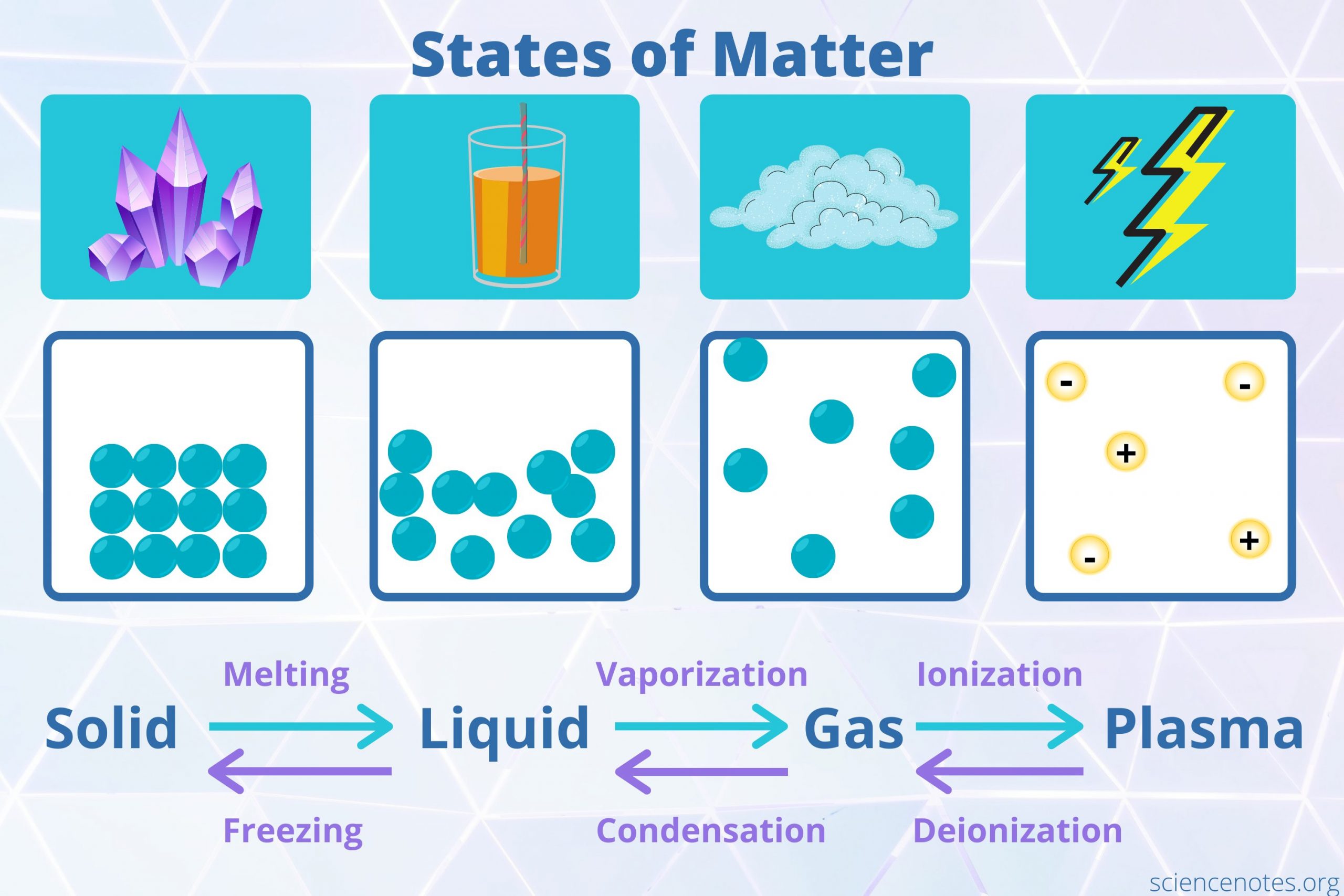Nuclear reactions represent a fascinating domain of physics wherein traditional notions of matter are frequently challenged. The inquiry into when matter is destroyed in a nuclear reaction dovetails into a broader understanding of energy-matter equivalence, binding energy, and the particulate frameworks governing atomic interactions. This discussion will unpack the mechanisms whereby matter undergoes transformation, particularly in the realms of fission, fusion, and particle-antiparticle annihilation, elucidating the conditions under which matter may be said to be destroyed.
At the outset, it is essential to delineate the distinction between conventional chemical reactions and nuclear reactions. In chemical processes, the atomic structure of the reactants remains intact; bonds are broken and formed without a change in atomic identity. Conversely, nuclear reactions involve transformations at the atomic nucleus, leading to the generation of different elements or isotopes, often yielding energy levels altogether distinct from those observed in chemical context.
The principle of matter-energy equivalence, encapsulated in Einstein’s renowned equation (E=mc^2), serves as a cornerstone for understanding matter destruction in nuclear reactions. This equation posits that mass (matter) can be converted into energy, and vice versa. In practical terms, the diminutive mass difference observed in nuclear reactions—characterized by alterations in binding energy—manifests as a release or absorption of energy.
To elucidate this phenomenon, one must first consider nuclear fission, a process where a heavy nucleus splits into lighter nuclei, releasing substantial energy in the process. This reaction is the cornerstone of contemporary nuclear power generation. When a Uranium-235 nucleus absorbs a thermal neutron, it becomes unstable and consequently splits, yielding barium, krypton, and additional neutrons alongside energy output. The mass of the original Uranium nucleus is greater than the sum of the masses of the resultant fission products and emitted neutrons, illustrating matter’s transformation into energy within the reaction.
This transformation underscores the crux of matter destruction: while the baryonic matter (protons and neutrons) within the fissioning nucleus is ostensibly ‘destroyed’ in terms of its original atomic identity, it is essential to appreciate that this matter does not disappear but is transmuted into energy, in alignment with conservation laws governing physical systems.
On the other hand, nuclear fusion entails the merging of light nuclei, a process characteristic of stellar phenomena. The quintessential example lies in the fusion of hydrogen isotopes into helium within stellar cores, such as our Sun. The mass defect observed in fusion reactions also yields significant energy, as the total mass of the helium produced is less than the sum of the constituent hydrogen isotopes, signifying the conversion of matter into energy. In this case, the hydrogen nuclei, although fundamentally altered in their nuclear composition, do not completely vanish; instead, they significant portions of their mass are expended in the reaction, which is released as energy, sustaining the star’s luminosity and thermodynamic stability.
Moreover, one must also consider high-energy physics scenarios, wherein particle-antiparticle annihilation poses another instance of matter destruction. When a particle, such as an electron, encounters its antiparticle counterpart (the positron), both entities can annihilate each other, resulting in the production of gamma-ray photons. This annihilation epitomizes one of the ultimate expressions of matter conversion to energy. Pertinently, these photons carry away energy equivalent to the combined mass of the annihilating particles, reaffirming the profound connection between mass and energy postulated in relativistic frameworks.
Thus, the destruction of matter in nuclear reactions is not simply a matter of disappearance. Rather, it is intimately tied to the underlying principles of energy conservation and transformation. Although baryonic matter—such as protons and neutrons—may be converted into energy, it plays a pivotal role in the nuclear stability and identity evolution of elements. Hence, in every instance of matter destruction through nuclear reactions, there exists a significant exchange whereby the nature of matter is altered, while energy conservation remains sacrosanct.
In summary, the concept of matter destruction during nuclear reactions encapsulates several profound mechanisms, from fission and fusion to particle-antiparticle annihilation. Each example illustrates the intricate dance between matter and energy, demonstrating how, in nuclear chemistry and physics, the essence of matter undergoes transformation rather than outright elimination. This nuanced understanding challenges simplistic interpretations of matter and beckons a more complex appreciation for the fundamental building blocks of the universe. As research in nuclear physics advances, it continues to unveil the intricate tapestry of existence woven by the pervasive forces of energy, mass, and the dynamics of elementary particles.












